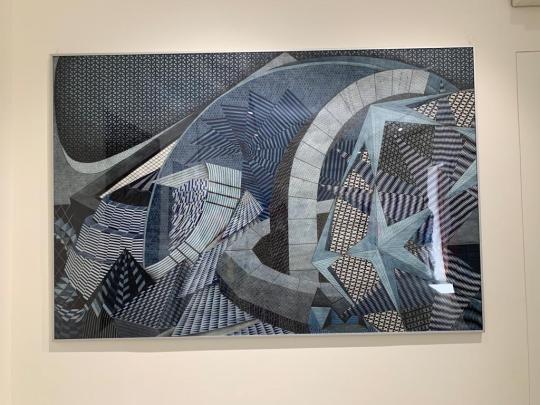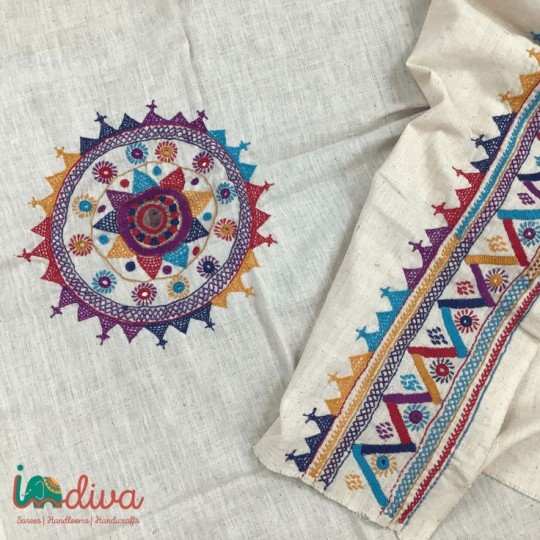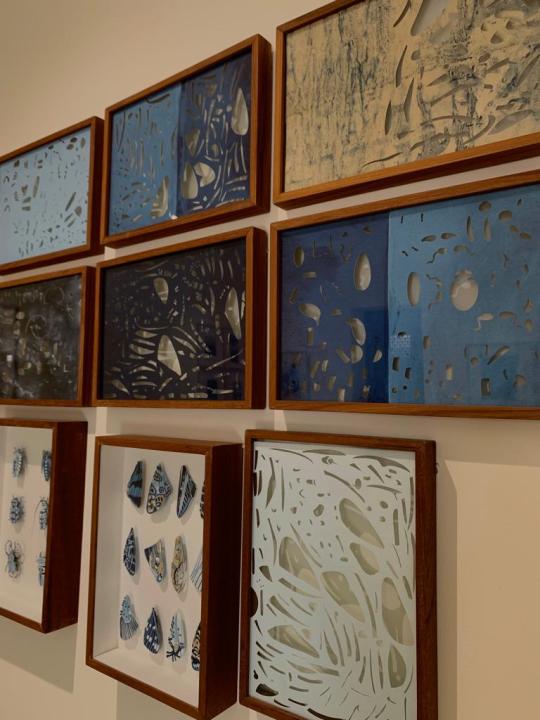Don't wanna be here? Send us removal request.
Text
UNDERSTANDING FASHION
Designing, making, and distributing clothing in an ethical manner minimizes the harm done to people and the environment. In a perfect world, it benefits people who work in the supply chain and improves everyone's future, not just that of the wealthy few.
Although the term "ethics" in this context is ambiguous, ethical fashion is concerned with societal impact and the principles that underlie a brand's label. The recently invented expression is regarded as the antithesis of quick fashion. Consumers typically use the term "ethical fashion" to refer to a movement against an industry that is infamous for underpaying workers—and doing so in hazardous conditions.
Questions like "Who created this garment?" and "Is that individual getting a reasonable living wage?" are addressed by ethical fashion. It is, however, much more than that.
Of course, proponents of ethical fashion are hoping for the first scenario, but it may also rely on how rapidly genuine ethical firms can communicate with customers clearly. Consumers frequently become confused and easily susceptible to greenwashing without clear information from fashion companies about how, where, and by whom clothing is made. They may also incorrectly interpret a brand's specific ethics. The best approach for brands to help clear up misunderstanding is through certifications, in-depth reports, and honest responses to consumer questions.

fashion made by hand looms
The foundation of Indian heritage is culture, craft, and textiles. In actuality, India is the world's second-largest exporter of textiles. A nation that has created khadi, ikats, jamdani, Venkatgiri, Chanderi, Kanjeevarams, and so many other types of textiles may confidently assert its self-sufficiency in this area. The Swadeshi Movement, which was started on this day in 1905 in the Calcutta Town Hall to protest against the British Government's division of Bengal, was recognised on August 7 as National Handloom Day.
The power loom is an automated loom that weaves fabric, whereas the hand loom is a manually operated machine for weaving cloth. The textile industry embraced the power loom as a result of the development of technology and machines for more rapid and efficient manufacturing. In exchange, the handloom sector suffered. But recently, with all the buzz about slow-fashion, celebrities and actors have been promoting handloom materials in the fashion industry.
KHADI
Khadi is no longer only a simple, uninteresting alternative; it is now a sustainable and timeless addition to your wardrobe. The khadi has received a fun makeover as a result of the just concluded Lakme Fashion Week highlighting sustainable fashion. You can rely on designers like Abu Jani, Rohit Bal, and Sandeep Koshla to bring grandeur and beauty to our nation's traditional fabric while adding cutting-edge modern twists. Khadi has an enduringly regal appeal, whether it's in the form of lehengas, golden skirts, or billowing gold Anarkalis paired with palazzos. Therefore, if you don't already have this noble cloth in your closet, it's time to buy some.

Here are some styling suggestions for handloom that were inspired by our own local celebrities to seem modern and chic.
Ensure simplicity. Because of the unique beauty and charm of handloom fabrics, it is preferable to play down the outfit. To add some personality to your look, add some statement earrings or a bold lip colour.
Layering with handloom fabrics is a terrific idea, first for their light weight and second for the muted colours they come in.
Play with the shapes; go boxy with loose-fitting kurtis, dresses, or tops.
ACCESSORIES
There are many possibilities available on the market for ethnic jewellery. Wear your handcrafted kurtas with delicate silver jewellery, tribal jewellery, or even the perennially fashionable hoop earrings in a circle shape. Even better, you may accessories them with beads, chaandbalis, or vibrant tassels. Only choose accessories that go with the outfit you are wearing.
You can wear light jhumkas during the day, but you should save your shoulder-grazing hoops and crystal shards for evening wear. Try out slides, mules, jutties, or platforms for your shoes. Try experimenting with geometry and shapes in bags, such as an arc sling or a cube box bag, for your arm candy.

PREDICTING TRENDS
Predicting a market's future is the focus of the field of trend forecasting. Every industry employs trend analysts who use information from previous sales to predict opportunities in the future. Thus, the area of the fashion industry known as fashion forecasting is concerned with foreseeing new fashion trends, including colours, styling techniques, fabric textures, and more, that will pique customer demand. Product developers use the trend forecasts that fashion forecasters publish to build new apparel and accessories for brands.
OVER TIME
Macro trends, which are significant changes in fashion that will be important for longer than two years, are what long-term forecasting is all about. The broad trends that shape the fashion industry include shifts in lifestyle, demographics, and the method that clothing is produced and distributed.

LIMITED TIME
Micro trends have to deal with short-term forecasting. Season to season, short-term projections vary and are often influenced by color, style, pop culture, and current events.
Forecasting Trends for Fashion Brands
Every brand has a different method for predicting trends. Because womenswear firms typically release more collections per year than masculine brands, they frequently invest more in micro trend monitoring. The size of the business and its target market can affect forecasting, but there are a number of trustworthy techniques that brands can use to predict trends.
Employing internal trend forecasters Large fast-fashion companies frequently have internal trend predicting capabilities because of their vertical integration. In order to design new items, this enables the fashion forecasters to collaborate directly with product development teams.
With a trend forecasting agency: Bigger brands without vertical integration frequently seek out the knowledge of trend forecasting agencies, which charge a fee for their trend research reports.
By attending fashion shows: Prior to the development of the Internet, trend forecasters conducted the majority of their research at fashion shows, where they took note of the most promising looks. They then forwarded this information to product developers at chain stores and fashion publications like Vogue. This type of forecasting, known as "top-down" forecasting, is based on how trends in fashion spread from high-end runways to department stores
By paying attention to influencers: In the modern world, trend forecasters are more likely to consult blogs, street style, and influencers for the most recent trends. This type of forecasting, known as "bottom-up" forecasting, entails attentively watching a target market to forecast demand for emerging trends.
By observing other sectors: Small independent fashion designers might forego trend spotting altogether and instead create mood boards based on literature, cinema, and the outdoors to inform their distinctive collections.
To predict the future of fashion, the majority of trend forecasters combine "top-down" and "bottom-up" forecasting techniques with in-depth knowledge of the fashion industry and personal intuition.
2 notes
·
View notes